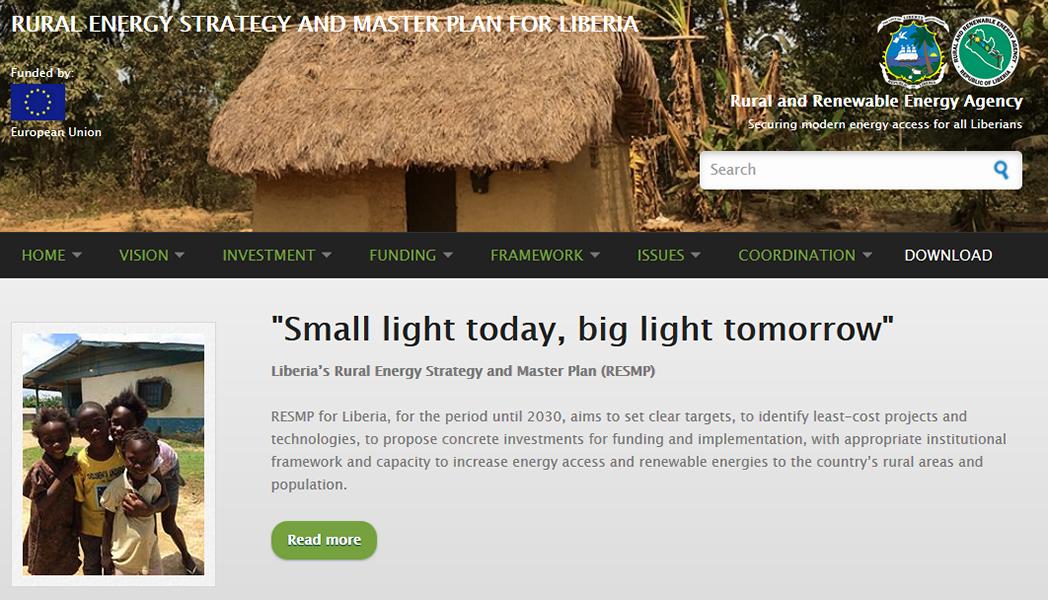
In 2016, the Rural Energy Strategy and Master Plan For Liberia was presented and published under http://liberiaruralenergy.org. It includes targets for the period until 2030:
A 46.1 km transmission line and 280 km distribution line is slated for construction in the corridors of the Roberts International Airport (RIA) in the greater Monrovia and Pleebo-Fish Town at the River Gee County. As part of the multi-donor Liberia Energy Efficiency and Access Project (LEEAP), these activities are scheduled to be done by the Liberian Electricity Corporation (LEC) between 2017 and 2019.
The second component of the Liberia Renewable Energy Access Project (LIRENAP) aims to strengthen rural electrification regulations and institutions.
Development of regulations and standards for mini-grids
Main grids in Liberia (in 2015) Source: Rural Energy Strategy And Master Plan For Liberia
Liberia has one of the lowest grid electrification rates in the world with less than 10% of the population connected to grid power. The grid in and around Monrovia is powered by the hydro plant Mount Coffee and Diesel generators operated by the Liberian Electricity Corporation (LEC). Further, there are three cross-border medium voltage grids importing electricity from Côte d’Ivoire that are planned to cover 2,800 customers. Extending the grid and adding mini-grids is key towards increasing access to electricity.